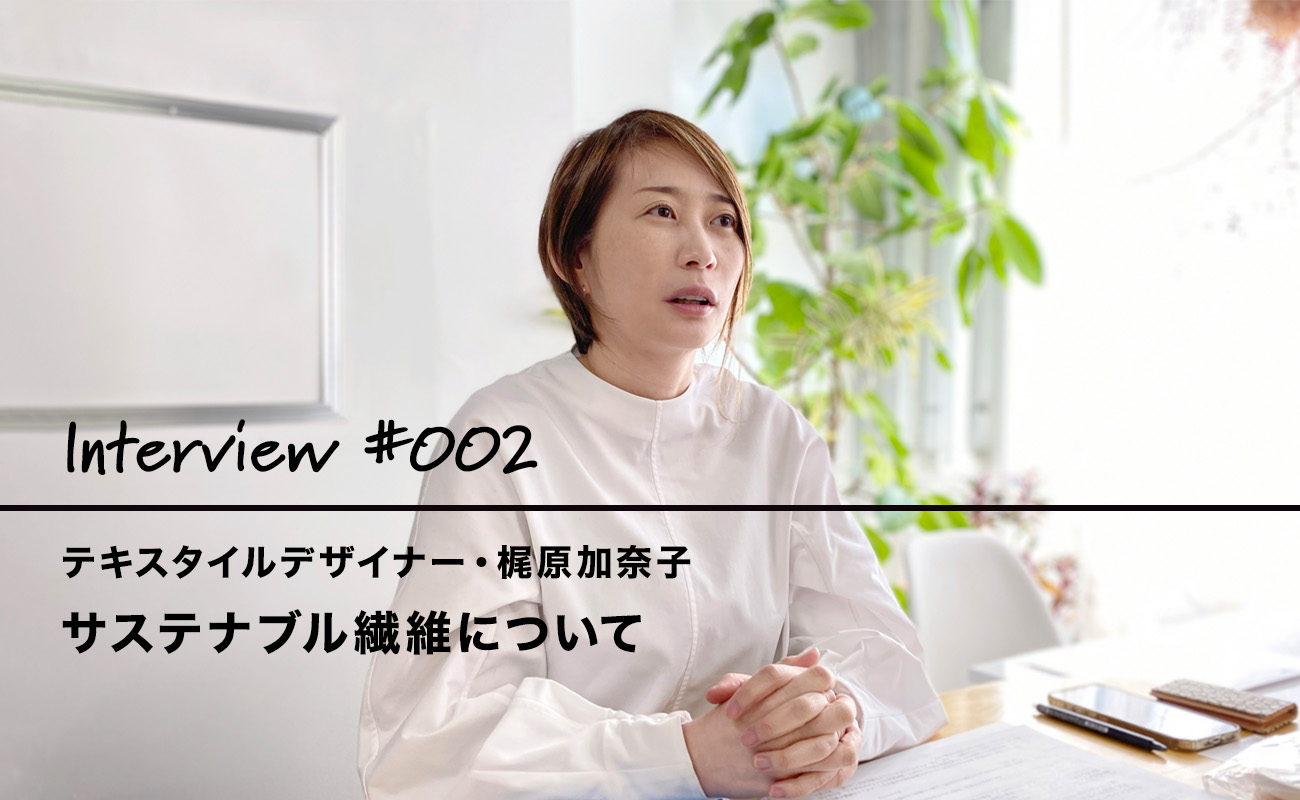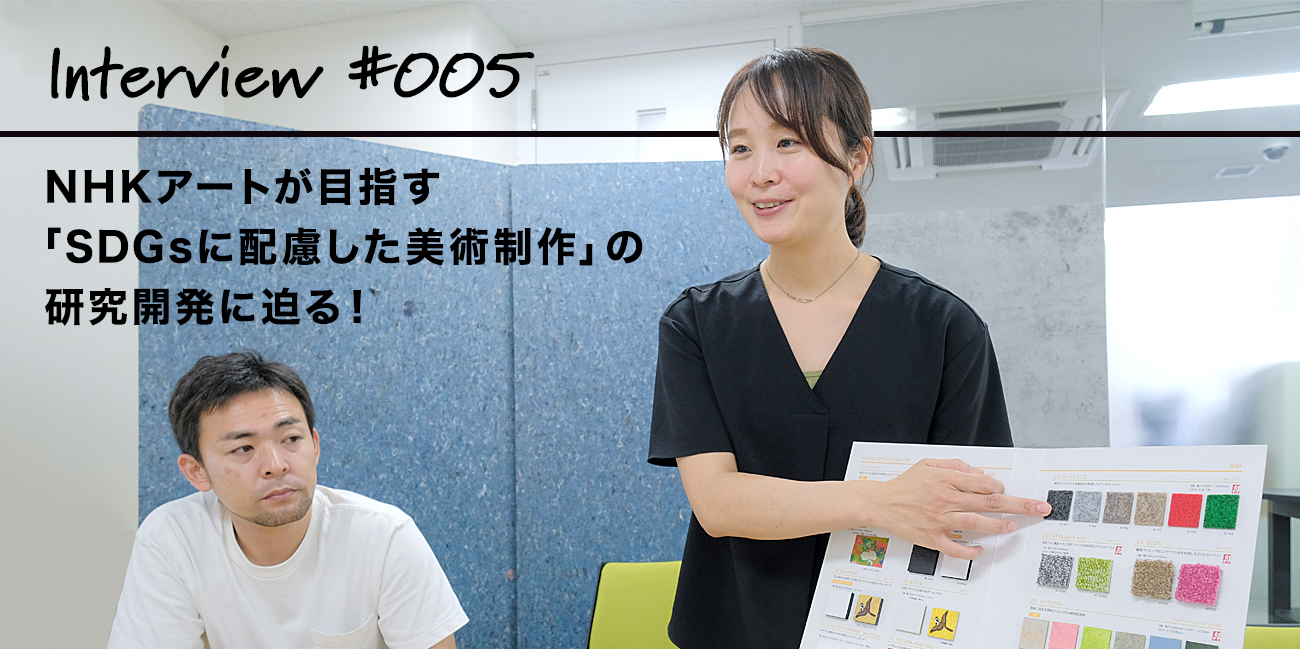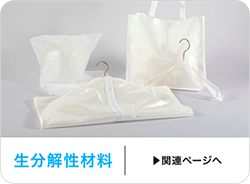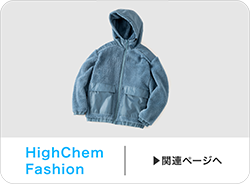海洋生物学者 中嶋亮太氏に聞く
海洋プラスチック汚染問題って何ですか?
昨今、脱プラやリサイクルなどが叫ばれるようになっているが、果たしてプラスチックの何が悪いのだろうか?また、海洋プラスチック問題の解決策はあるのだろうか。これらの問いに答えてくださったのは海洋プラスチック問題に詳しいJAMSTECの研究者の中嶋亮太氏。また、当社が現在注力する「生分解性プラスチック」についても、「プラ問題解決の切り札になるのか?」という視点でご解説いただいた。

国立研究開発法人海洋研究開発機構(JAMSTEC)副主任研究員、海洋プラスチック動態研究グループ、グループリーダー。博士(工学)。1981年生。専門は生物海洋学。地球環境において大きな問題となっている海のプラスチック問題について研究を進めている。日本海洋学会「環境科学賞」受賞。著書に「海洋プラスチック汚染『プラなし』博士、ごみを語る」(岩波書店)等がある。ウェブサイト「プラなし生活(lessplasticlife.com)」の運営などアウトリーチ活動も展開。
——プラスチックの何が悪いのでしょうか?
中嶋 なぜ悪いのか、「ずっとなくならないから」「毎年大量にゴミになるから」の2点です。
一つ目については、100年~1000年くらいは余裕でなくならないと思います。 私たちが深海のゴミ調査にいったとき、深海6000メートルのところで拾ったゴミに、「昭和59年」という日付が書いてありました。回収した当時で既に35年。ものすごくキレイでほぼ無傷。「これは少なくとも100年は消えないな」と実感しました。大量に出るというのもインパクトがあります。最新の推定で、2016年に海と河に流れこむゴミの量は世界で約2千万トン。東京スカイツリー550個分になります。
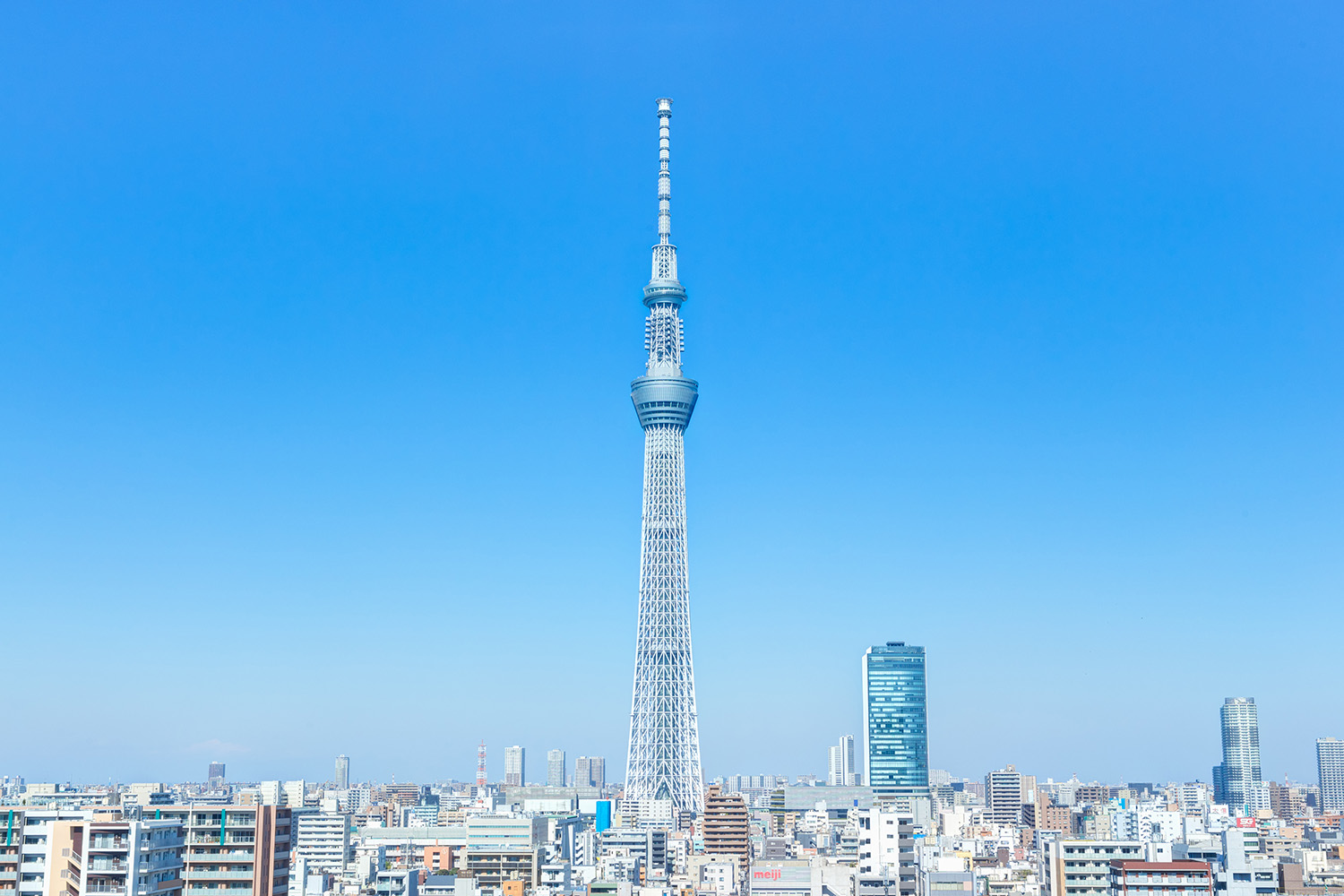
——なぜ、海洋プラスチック問題と言われているのでしょうか?
中嶋 まだまだゴミがきちんと管理されている国や地域が少ないということです。だから海に漏れ出している。 日本では少ないかもしれませんが、東南アジアなどでは荷台に屋根のついていないゴミ収集車にゴミが積まれていき、走っている間にゴミが飛んでいったりする。 また、途上国の埋立地ではゴミがむき出しで放置されているところが多い。こんなところでは台風のような強風・大雨をもたらすイベントがきたら大量にゴミが飛んでいってしまう。
あとは、排水溝や川に捨てられたゴミも海に流れ着きます。例えば近所のおじさんがタバコの吸い殻を排水溝にポイ捨てするとして、そのゴミは川に流れやがて海にたどり着きます。また、排水溝という点では、家庭から洗濯する時にでる小さいプラスチック繊維のくず、これもマイクロプラスチックゴミとして海に流れ着きます。このようなマイクロプラスチックは洗濯だけでなく、洗顔すれば化粧品に含まれるマイクロプラスチックが、食器洗いでもスポンジの繊維くずが海に流れ出し、下水処理場をすり抜けていったものが海に流れ出します。
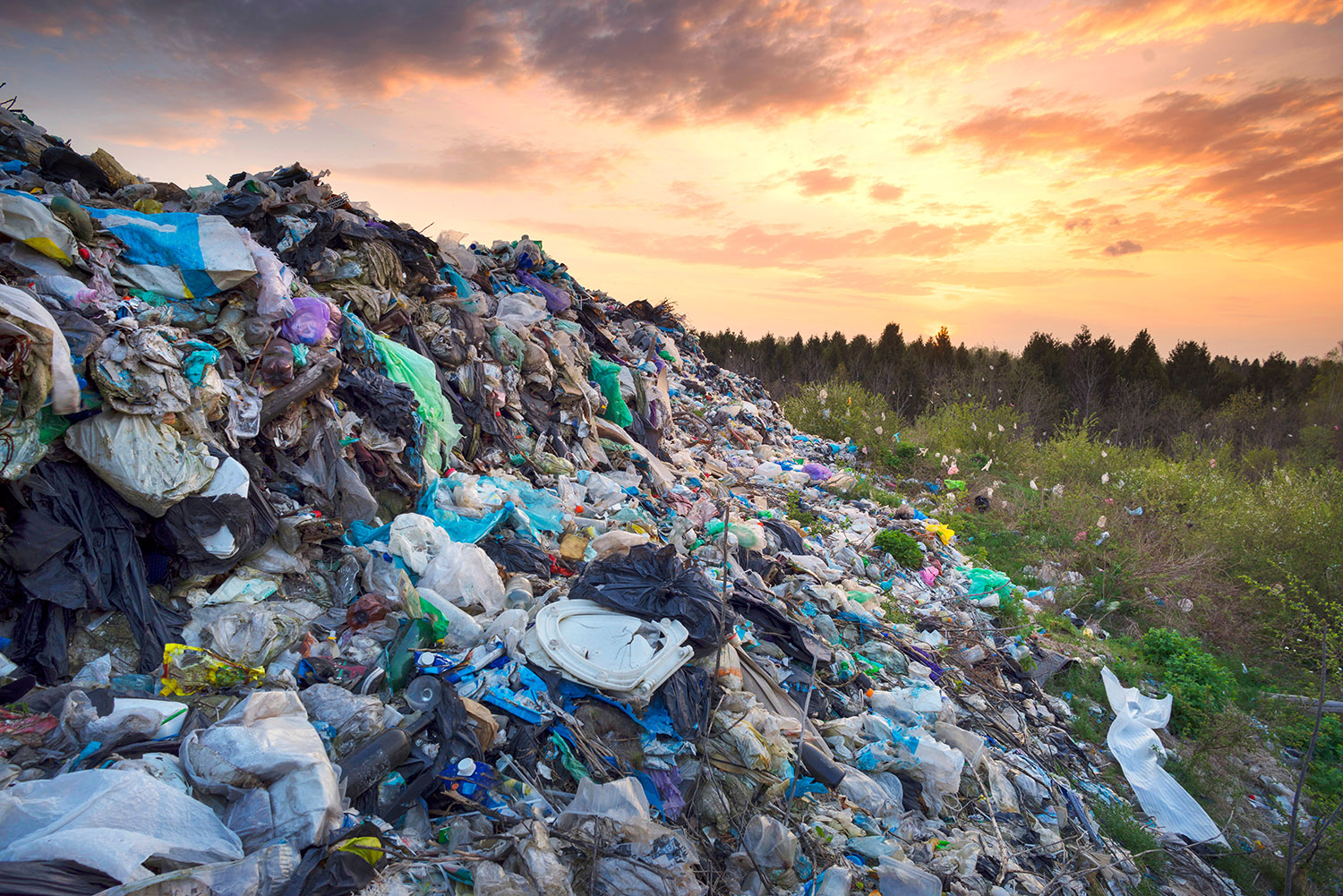
——今、海でどんな問題が起きているのでしょうか?
中嶋 物理的な影響と化学的な影響があると考えられています。
物理的な影響については、大きいゴミだと海鳥やカメがプラスチックの漁具などに絡まって死んでいるところが報道されたりしていますね。小さいマイクロプラスチックでは誤食につながります。例えば、イワシやクジラは、口をただ開けてひたすら泳ぐ「ろ過食」という方法でエサを捕まえます。彼らは、エサとプラスチックを分けることはできません。消化できないマイクロプラスチックは、糞として排出されるか、体内に留まり続けます。また、一部の海鳥においても親が巣立ちしていない雛に餌をあげる際にプラスチックをあげてしまうという現象が観察されています。雛は親からもらう食べものを吐き出すことができず、おなかの中でプラスチックが溜まり続け、栄養失調などが原因で死んでいってしまうのです。
化学的な影響については、プラスチックに含まれる有害化学物質が問題になっています。プラスチックには様々な化学物質が含まれており、中には有害なものもあります。有害化学物質に親油性があると、プラスチックから溶け出して体内の脂肪にたまっていくといわれています。現に海洋生物、とくに肉食性動物の脂肪からプラスチックに含まれる有害化学物質が高濃度に検出されています。これらは有害化学物質の中には、環境ホルモンとして生殖機能に影響を与える可能性が指摘されているものもあります。今後、これらがどんな悪影響をもたらすか、まだ確実なところはわかっていません。ただ一つだけいえるのは海洋のプラスチック量はすさまじい勢いで増えており、そのうち無視できないような悪影響がでてくる可能性があるということです。
——これまでどれくらいのプラスチックがゴミになったのでしょうか?
中嶋 プラスチックの大量生産が始まった1950年代から2016年までに約86億トンのプラスチックが製造されていて、そのうち66億トンがゴミになったといわれています。ゴミになった内訳のうちリサイクルされた量はたったの9%で、12%が焼却、残りの79%が埋立地か自然環境に漏れたといわれています。リサイクルといっても、リサイクルする度にプラスチックは劣化してしまうので、リサイクルできるのはせいぜい1、2回と言われています。そのあとは結局ゴミとなります。

——海のゴミを拾えば問題は解決するのでしょうか?
中嶋 海に入ってしまったゴミを拾うのは基本的に無理と考えてよいでしょう。オランダのベンチャー企業「オーシャン・クリーンアップ」が太平洋ゴミベルトのプラスチック回収に乗り出たプロジェクトは有名ですね。太平洋に長さ800メートルの船を浮かべ、何百億円ものお金をかけたそうですが、結局は集めたプラスチックが洋上で再び散乱するなど失敗に終わりました。広い海に漂っているゴミを回収するのは、グラウンドの砂粒を拾うようなもので、回収できたとしてもそれは海を漂うゴミのほんのわずかに過ぎません。また、世界中で毎年ボランティアの人が何十万人も集まって一斉にビーチのゴミを拾うイベントがあるのですが、彼らの集める大量のゴミも年間に海に出る量のほんの0.1%にすぎません。そんな微々たる量に対して大金を払って回収するよりも、川から海にでるのをせき止める方がよっぽど安上がりで効果的です。現に、オーシャン・クリーンアップのプロジェクトは川からプラスチックゴミが海に出るのを防ぐプロジェクトに重きをおいています。
なので、私の考える海ゴミを減らす方法は、「 海に入るゴミの『蛇口』をしめること」、「プラスチックの生産量を減らすこと」、「出たゴミをきちんと管理すること」。
日本は世界で2番目に1人当たりの使い捨てプラスチック廃棄量が多い国です。一方で、ゴミ回収・処理の技術は世界でもトップクラスであり、これ以上ゴミ回収・処理技術を高度化するのは現実的ではないでしょう。むしろ日本の場合は、プラスチックゴミを排出する量が極めて多いため、プラスチックゴミを減らす努力をすべきだと思います。
——プラスチックをなくせば問題は解決するのでしょうか?
中嶋 プラスチックは減らすことはできても、なくならない、なくせないと思います。私たちの寿命が延びているのは、プラスチックのおかげといってもよいです。例えばコロナ禍で、感染が抑えられているのはプラスチックのおかげです。医療器具だって、マスクだって、ワクチンだって使いまわしていたらコロナはもっと広がっていたはずです。プラスチックは必要だけど一方で減らさないといけない。だからプラスチックの代わりになるものがあれば変えていき、どうしてもプラスチックでなければならないものは残す、そして石油に頼らないプラスチックを使うという選択が必要だと思います。
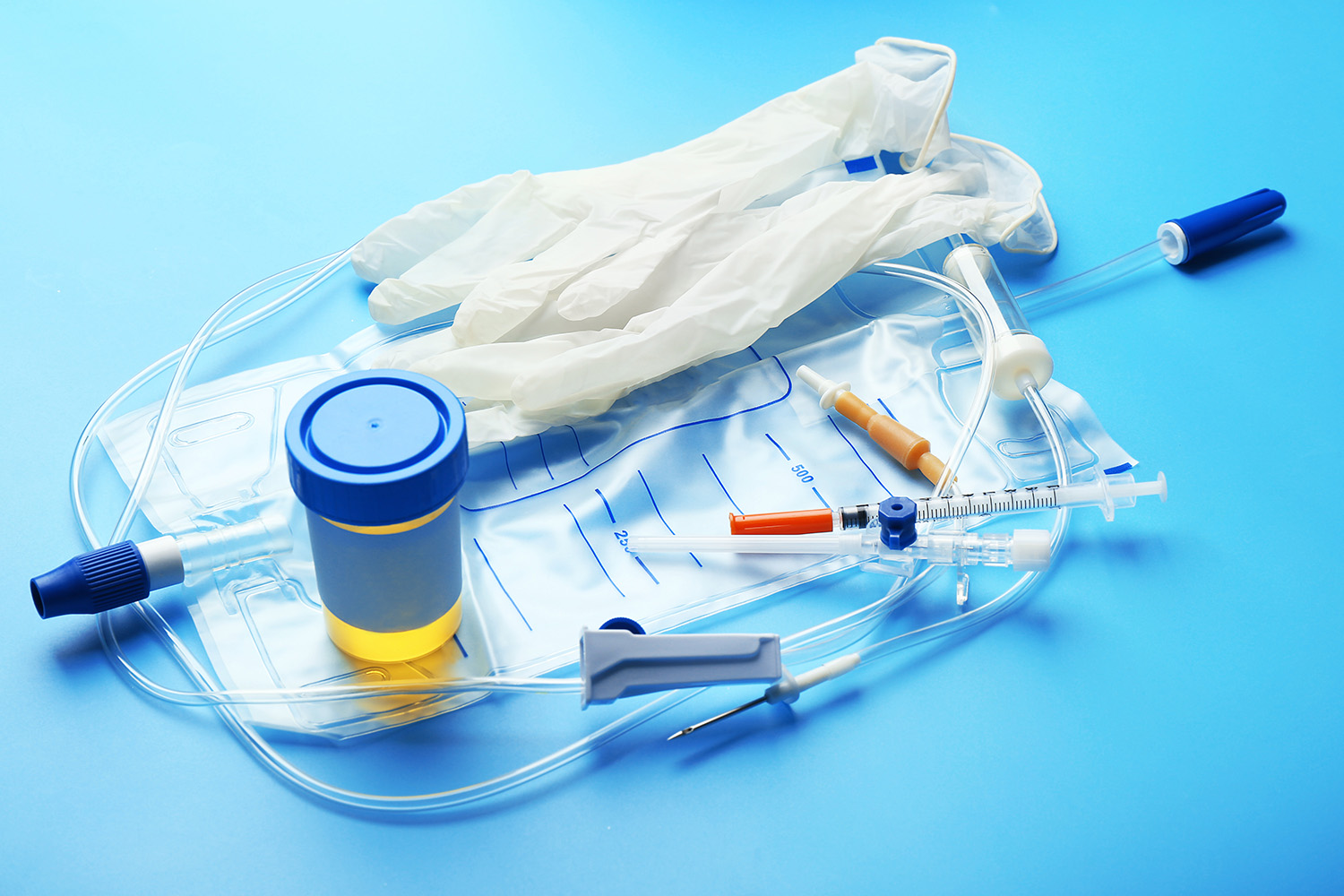
——生分解性プラスチックは救世主になるのでしょうか?
中嶋 今後需要が伸びていくのはPHAやPLAを含む生分解性バイオマスプラスチックだと考えています。環境に優しいプラスチックとは、再生可能な材料で作られ、生分解性があり、毒性がないことです。PLAとPHAはこれらの条件を満たすし、リサイクル可能です。PLAは海中での分解性はないですが、すでに製造技術が高まっているため、今後の普及が期待できます。リサイクルできるスキームを構築するか、回収して堆肥化するシステムを構築すればよいのではないでしょうか。バイオマス由来なので燃やしてもカーボンニュートラルです。海に漏れ出す可能性のあるものはPHAを使えばよいでしょう。現在、バイオマスプラスチックの世界生産量はプラスチック生産全体のわずか0.3%です。使い捨てプラスチックの使用量を減らしていくと同時に、バイオマス由来の生分解性プラスチックの普及も今後進めていく必要があると考えています。






